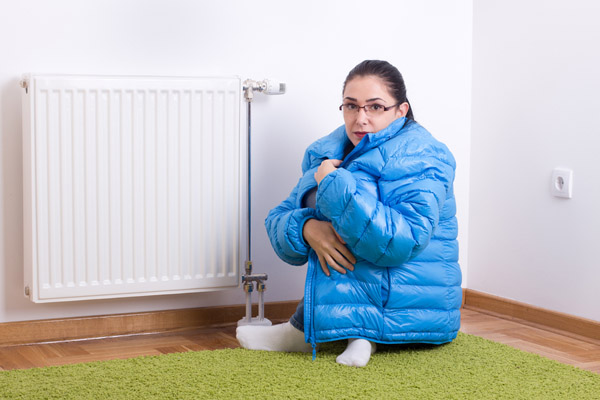
Your heating system plays a vital role in keeping your home’s environment warm and cozy. It is crucial to maintain your system to ensure that it is working smoothly and efficiently. An optimized heating system helps to reduce energy usage, lower utility bills, and create a sustainable living space. As the largest energy consumer, heating systems can account for 50% of a home’s total energy consumption. However, with a few maintenance tips and upgrades, homeowners can significantly improve the energy efficiency of their heating system.
In this article, we will explore how to optimize the energy efficiency of heating systems.
1. Regular Inspections and Maintenance of the Heating System
Check the heating system regularly for any sign of damage. Routine inspections and maintenance will help to optimize the performance, efficiency, and longevity of your heating system. Contact professional heating services for annual inspections and maintenance. It will help you to identify and address potential issues.
During inspection, experts examine the system components to check for signs of wear, corrosion, or damage. They inspect and replace filters, clean and lubricate moving parts, and ensure that all features and safety controls are working correctly. Regular maintenance can help to improve the system’s efficiency and reduce energy consumption.
2. Choose the Right Type of Heat Pump
Consider the right type of heat pump for your home. Invest in a high-efficiency heat pump to maximize the performance of the heating system and reduce energy consumption. There are different types of heat pumps to suit different household needs. Air-to-air heat pumps are the most common.
Another type is air-to-water or air-source heat pumps. They can be connected to systems with radiators, underfloor heating, or fan coils. They are the ideal solution for homes that are looking for an efficient solution for heating, cooling, and domestic hot water. Hire professionals for Air Source Heat Pump Services.

3. Upgrade to Smart Thermostat
Upgrade to a smart or programmable thermostat. It can dramatically improve your home’s energy efficiency. A smart thermostat is equipped with advanced sensors and features that learn your routine and preferences automatically. You can set different temperature levels according to your needs. It will help to lower the energy usage.
Additionally, you can control these devices remotely through smartphone apps. Smart thermostats can also be integrated with other smart home devices, such as security systems and lights, to create an automated living experience. By upgrading to a smart thermostat, you can reduce up to 12% of the energy costs.
4. Sealing and Insulation
Sealing and insulation are two of the most impactful ways to maintain a stable indoor temperature. Ensure that your home is properly sealed and insulated. Consider adding insulated curtains or window film to existing windows. Inspect your home for holes and cracks around windows, doors, and other areas. You can use weatherstripping to seal these leaks.
Check the insulation in your attic, walls, and floors to ensure that it is properly installed and maintained. Replace old or damaged weatherstripping around doors and windows. It can significantly reduce the workload on your heating system by maintaining a stable indoor temperature.

